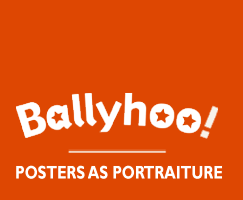The Poster Craze
Exuberant color posters of cabaret stars proliferating on the streets of Paris helped launch an international poster craze in the late nineteenth century that generated collectors, exhibitions, publications, and a new emphasis on design. The artists of this poster-mad era incorporated new decorative styles, including a fluid art nouveau aesthetic and the dark contour lines, flat areas of color, and angled viewpoints inspired by Japanese woodblock prints.
The vogue reached the United States in the 1890s, stimulated primarily by the publishing industry. When art editor Edward Penfield began designing posters to advertise the monthly issue of Harper’s magazine, he started a trend. Publishers began to hire leading artists and illustrators to produce poster advertising for magazines, books, and newspapers. The aestheticizing influence of the turn of the century crept into the designs of the large commercial lithography companies as well, influencing many forms of advertising.
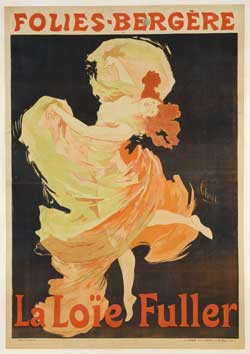 |
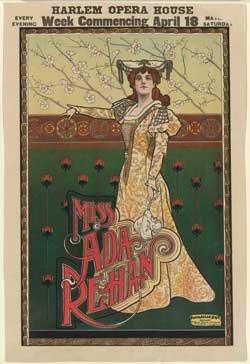 |
|||||
Loïe Fuller Jules Chéret, 1893 Color lithographic poster 130.2 x 91.9 cm (51 1/4 x 36 3/16 in.) National Portrait Gallery |
Ada Rehan David Allen and Sons Ltd. Lithography Company, 1898 Chromolithographic poster 76.7 x 51.4 cm (30 3/16 x 20 1/4 in.) National Portrait Gallery; gift of Mr. and Mrs. Leslie J. Schreyer | |||||
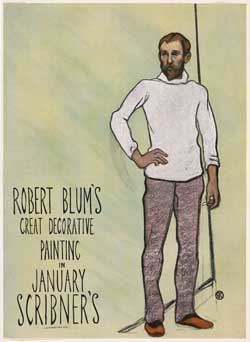 |
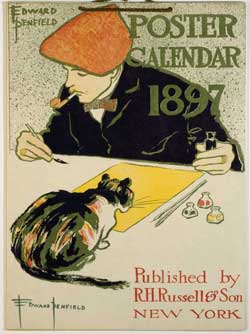 |
|||||
Robert Blum William Sergeant Kendall, 1895 Color relief poster with halftone 43.9 x 31.9 cm (17 5/16 x 12 9/16 in.) National Portrait Gallery; gift of Leslie, Judith, and Gabri Schreyer and Alice Schreyer Batko |
Edward Penfield Self-portrait, 1896 Color lithograph 35.6 x 25.7 cm (14 x 10 1/8 in.) National Portrait Gallery | |||||
